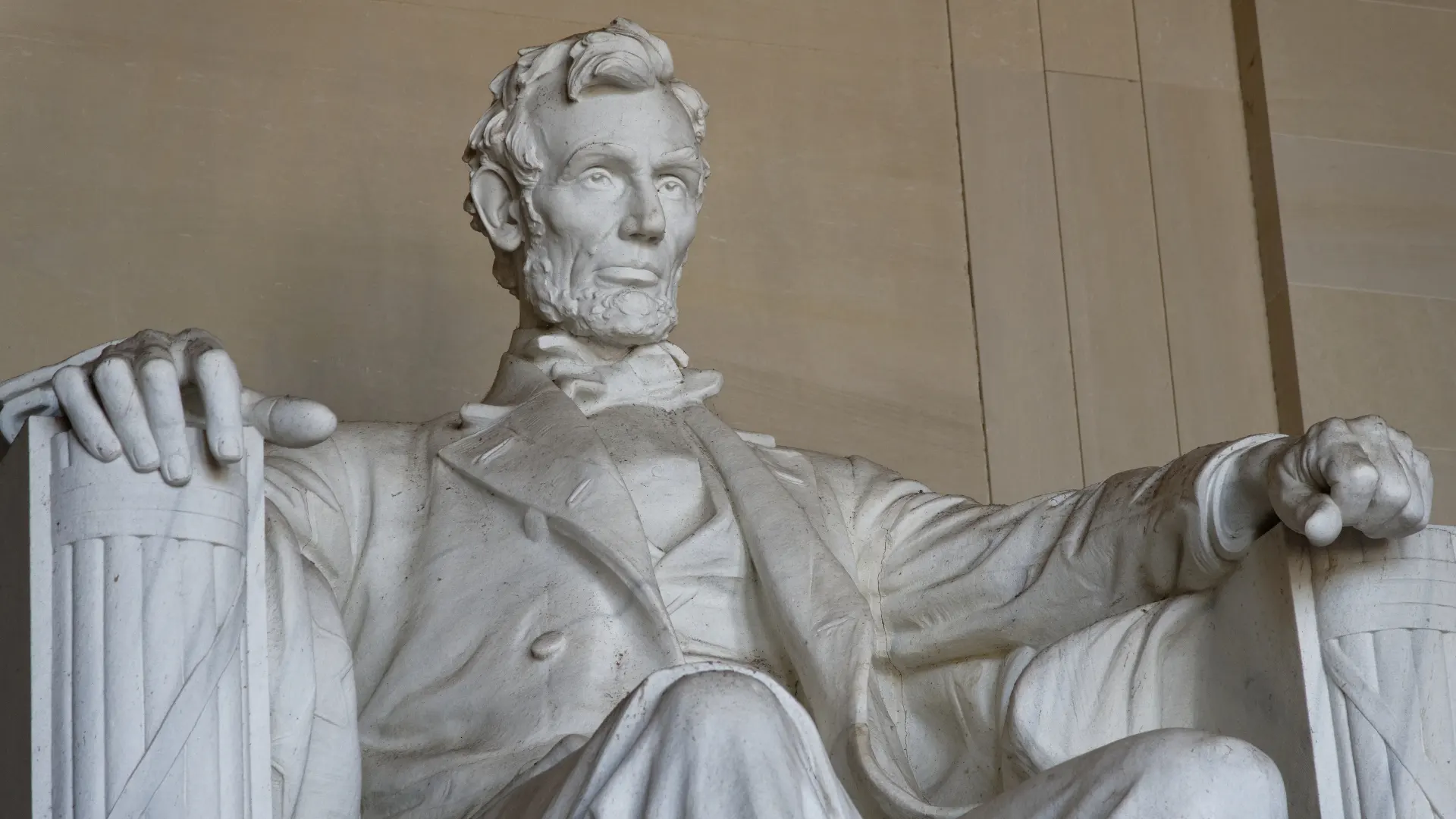JOHN DOE SEPT 15, 2017
History of the United States
A Comprehensive Overview
Pre-Colonial Era
- Indigenous Peoples: The land that is now the United States has been inhabited by various Native American tribes for thousands of years.
Colonial Era (1607-1776)
- Jamestown Settlement (1607): The first permanent English settlement in North America.
- Pilgrims and the Mayflower (1620): The Pilgrims established the Plymouth Colony.
- American Colonization: European powers, including Britain, Spain, France, and the Netherlands, established colonies along the eastern seaboard.
American Revolution (1775-1783)
- Declaration of Independence (1776): The Continental Congress declared the 13 American colonies' independence from Great Britain.
- Key Battles: Lexington and Concord, Bunker Hill, Saratoga, and Yorktown were pivotal battles that shaped the outcome of the war.
- Treaty of Paris (1783): The treaty officially ended the American Revolutionary War and recognized American independence.
Early National Period (1783-1828)
- Constitutional Convention (1787): The Founding Fathers drafted the United States Constitution.
- Bill of Rights (1791): The first 10 amendments to the Constitution guaranteed individual liberties and rights.
- Westward Expansion: The Louisiana Purchase (1803) and the Lewis and Clark Expedition (1804-1806) marked the beginning of American westward expansion.
Antebellum Period (1828-1861)
- Jacksonian Democracy: The presidency of Andrew Jackson marked a shift towards greater democracy and states' rights.
- Slavery and States' Rights: The debate over slavery and states' rights intensified, leading to the secession of Southern states.
Civil War and Reconstruction (1861-1877)
- American Civil War (1861-1865): The Union (the Northern states) fought against the Confederacy (the Southern states) over issues of slavery and states' rights.
- Emancipation Proclamation (1863): President Abraham Lincoln declared freedom for all slaves in Confederate territory.
- Reconstruction Amendments (1865-1870): The 13th, 14th, and 15th Amendments abolished slavery, granted citizenship to former slaves, and protected their right to vote.
Gilded Age and Progressive Era (1878-1929)
- Industrialization and Urbanization: The United States experienced rapid economic growth and social change.
- Progressive Movement: Reformers sought to address issues like income inequality, corruption, and social injustice.
World War I and the Roaring Twenties (1914-1929)
- World War I (1917-1918): The United States entered the war on the side of the Allies and played a crucial role in the Allied victory.
- Roaring Twenties: The 1920s were marked by cultural, social, and economic changes.
Great Depression and World War II (1929-1945)
- Great Depression (1929-1941): A severe economic downturn that lasted over a decade.
- New Deal: President Franklin D. Roosevelt's series of programs and policies aimed to alleviate the suffering of those affected by the Great Depression.
- World War II (1941-1945): The United States played a leading role in the Allied victory against the Axis powers.
Cold War and Civil Rights (1945-1989)
- Cold War: The United States and the Soviet Union engaged in a decades-long ideological and military rivalry.
- Civil Rights Movement: The movement, led by figures such as Martin Luther King Jr., sought to end racial segregation and discrimination.
Modern Era (1990-present)
- Globalization: The increasing interconnectedness of the world's economies, cultures, and politics.
- War on Terror: The United States launched a global military campaign against terrorism in response to the 9/11 attacks.
- Technological Advancements: The rise of the internet, social media, and mobile devices has transformed American society and culture.
